World's Largest Array of Gamma-Ray Telescopes Approved to Begin Construction in Chile
 Final Agreements Signed for CTA’s Southern Hemisphere Site in Chile.
Santiago, Chile – …
more World's Largest Array of Gamma-Ray Telescopes Approved to Begin Construction in Chile»
Final Agreements Signed for CTA’s Southern Hemisphere Site in Chile.
Santiago, Chile – …
more World's Largest Array of Gamma-Ray Telescopes Approved to Begin Construction in Chile»
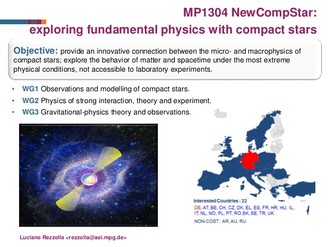 Consortium New CompStar released video on neutron stars they made, which features members of the CAMK …
Consortium New CompStar released video on neutron stars they made, which features members of the CAMK …
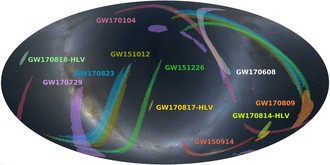
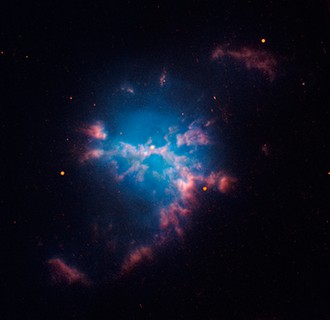 The newly discovered binary system in the centre of the Planetary Nebula M3-1 has one of …
The newly discovered binary system in the centre of the Planetary Nebula M3-1 has one of …
 Cosmic sources of high-energy gamma-ray radiation, including blazars and pulsars, are characterized by the presence of …
Cosmic sources of high-energy gamma-ray radiation, including blazars and pulsars, are characterized by the presence of …
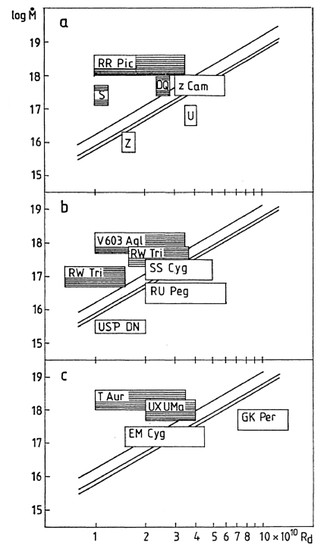
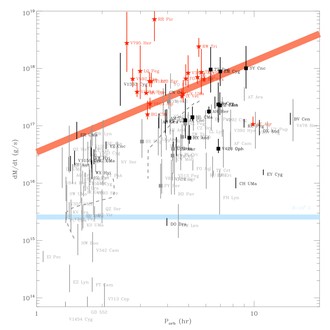 Cataclysmic variable stars (CVs) are binary systems composed of a white dwarf accreting from a low-mass …
Cataclysmic variable stars (CVs) are binary systems composed of a white dwarf accreting from a low-mass …
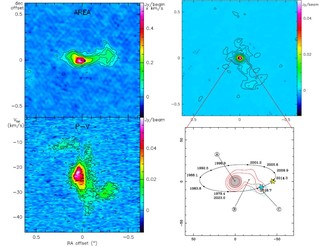 The international team led by Valentin Bujarrabal (Observatorio Astronomico National, Spain) and including Joanna Mikolajewska (CAMK) …
The international team led by Valentin Bujarrabal (Observatorio Astronomico National, Spain) and including Joanna Mikolajewska (CAMK) …
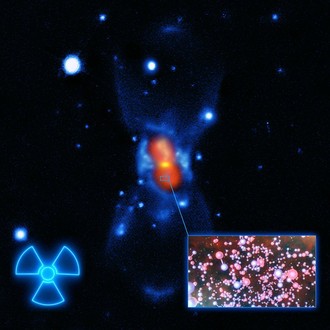 Astronomers have made the first definitive detection of a radioactive molecule in interstellar space: a …
Astronomers have made the first definitive detection of a radioactive molecule in interstellar space: a …
 The ASTROCENT project is a new reseach initiative at the Copernicus Center in Warsaw. The new …
The ASTROCENT project is a new reseach initiative at the Copernicus Center in Warsaw. The new …
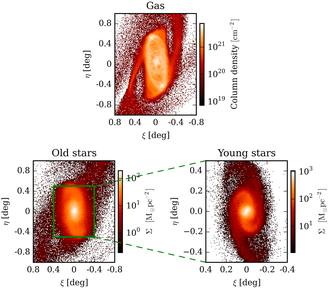 The Triangulum Galaxy (M33) is the second brightest galaxy on the sky and one of the …
The Triangulum Galaxy (M33) is the second brightest galaxy on the sky and one of the …
 Printer-friendly version
Printer-friendly version